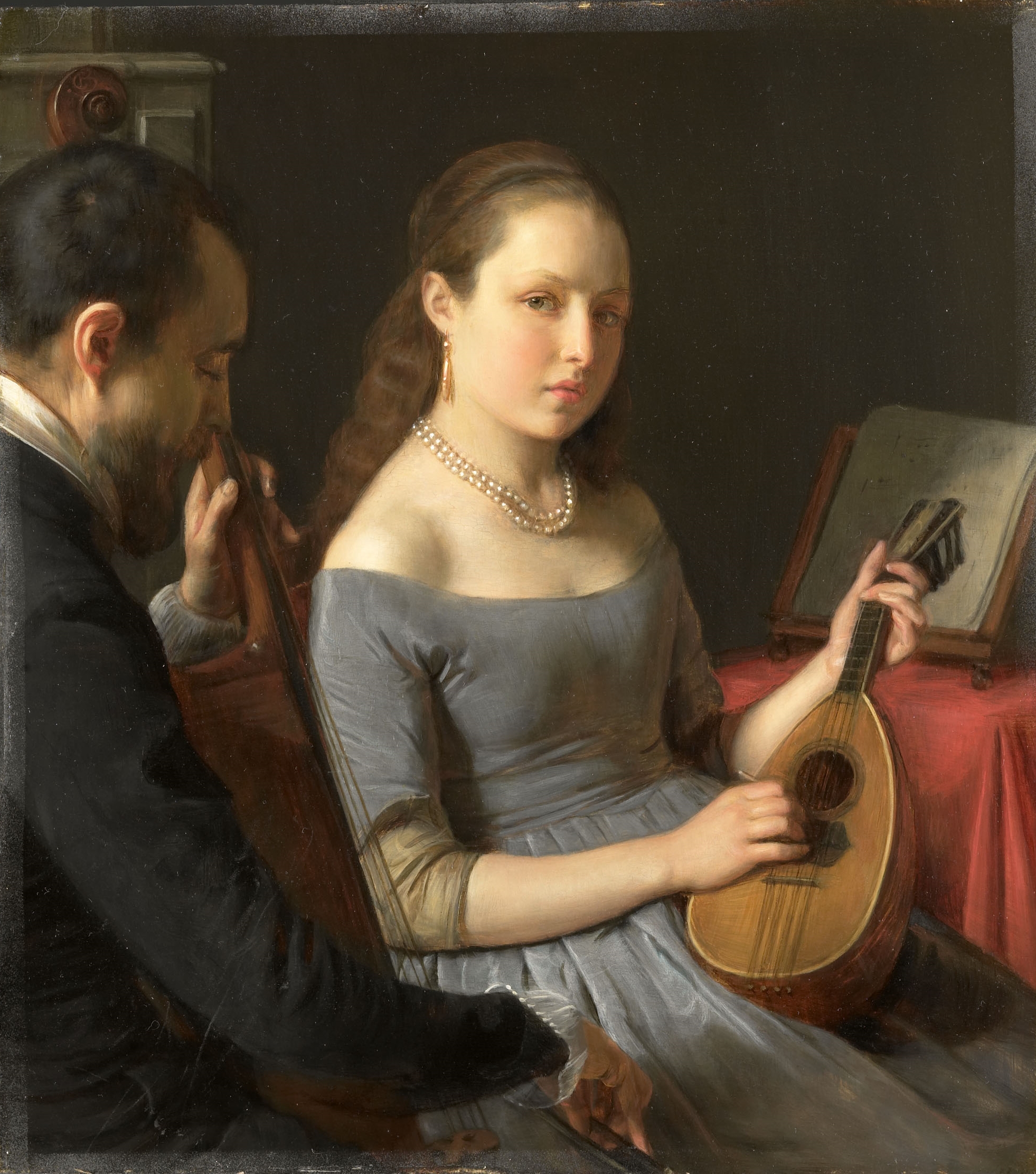The Milkmai was painted by Johannes Vermeer in about 1657-58.
The small picture (18 x 16 1/8 in., or 45.5 x 41 cm) could be described as one of the last works of the Delft artist’s formative years (ca. 1654-58), during which he adopted various subjects and styles from other painters and at the same time introduced effects based on direct observation and an exceptionally refined artistic sensibility.
Influenced by the detailed realism of Gerrit Dou (1613-1675) and his followers in Leiden, Vermeer created his most illusionistic image in The Milkmaid (Rijksmuseum, Amsterdam, SK-A-2344).




















